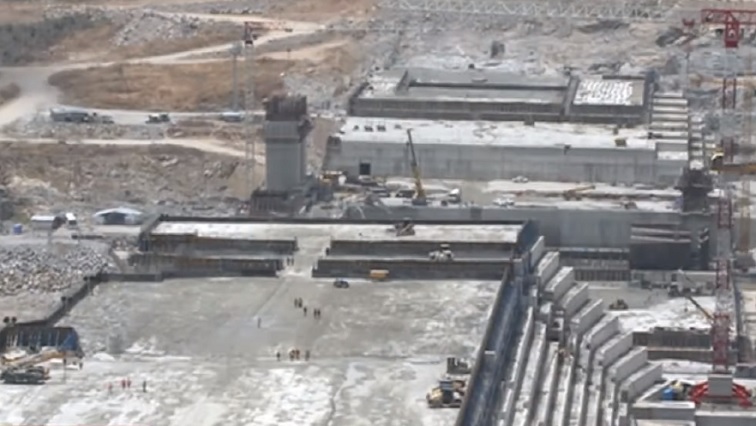Ethiopia and the United States (US) are accusing each other of being “undiplomatic” in a row over the controversial construction of a major dam on the River Nile. This follows a decision by Ethiopia not to participate in US-led talks with Egypt and Sudan held on 27 and 28 February in Washington.
Ethiopia, Sudan and Egypt were set to sign an agreement to guide Ethiopia’s operation of its 6000MW dam on 28 February.
The US said no filing of the dam reservoirs should happen without an agreement and Ethiopia has responded saying the US has no right to make such demands.
Egypt sought the intervention of the US in negotiations in 2019, because of concerns the dam will affect water flow downstream to its territory.
Ethiopia says the United States was just an observer in its talks with Egypt and Sudan, and should not be attempting to impose conditions.
“We never requested America to participate in this negotiation, but President Trump requested us to be part of it and we accepted. We are continuing this process. But for the time being, we never aspire other parties to be involved in these negotiations, maybe in the future,” says Ethiopia Foreign Affairs Minister Gedu Andargachew.
US-led facilitation of talks began in December 2019. By then Ethiopia, Sudan and Egypt had had four rounds to discuss technicalities of the dam’s filling.
Now, Ethiopia says the Washington talks that began in December 2019 were producing some unacceptable demands and were only meant to be a political follow-up.
It insists that the Washington arrangement has no influence on the water filling process of the dam.
“If our construction progress dictates that we have to start filling, we fill. Our dam is designed in such a modern way that the filling doesn’t wait for the end of the construction. So, in the first year, what we call the first phase, we fill only 4.9 billion cubic metres. And then the second year of the first phase, we fill only 13 billion. Then by that time, we start generating for testing and so on. And then from that, we have to fill up to the full level in sequential years,” says Ethiopia Minister of Water Irrigation and Energy Seleshi Bekele.
Ethiopia hopes to have filled the dam with 74 cubic meters of water in five years. Egypt issued a statement saying it had initiated an agreement produced on 28 February, when Ethiopia did not attend.
It described it as fair, balanced and in the interest of the three countries.
According to a statement from the White House, during a phone call with Egypt President Sisi, on Tuesday, President Trump expressed hope that an agreement would be reached soon.
Ethiopia says it will re-join the US-led talks when it is ready.
“There is no new decision. We will continue with the negotiation. We made a lot of progress in the negotiations. There are few issues that have to be resolved and alongside we have to have also national consultation and the contents of what we have agreed on. Because this dam belongs to the people of Ethiopia. I, as a minister, cannot just go and sign. I have to communicate effectively and bring out the issues very clearly. So, we have a few issues that have to be resolved.”
While in South Africa in January, Ethiopia’s Prime Minister asked South Africa to be ready to assist in the dam row if it came to a position where mediation was needed.






